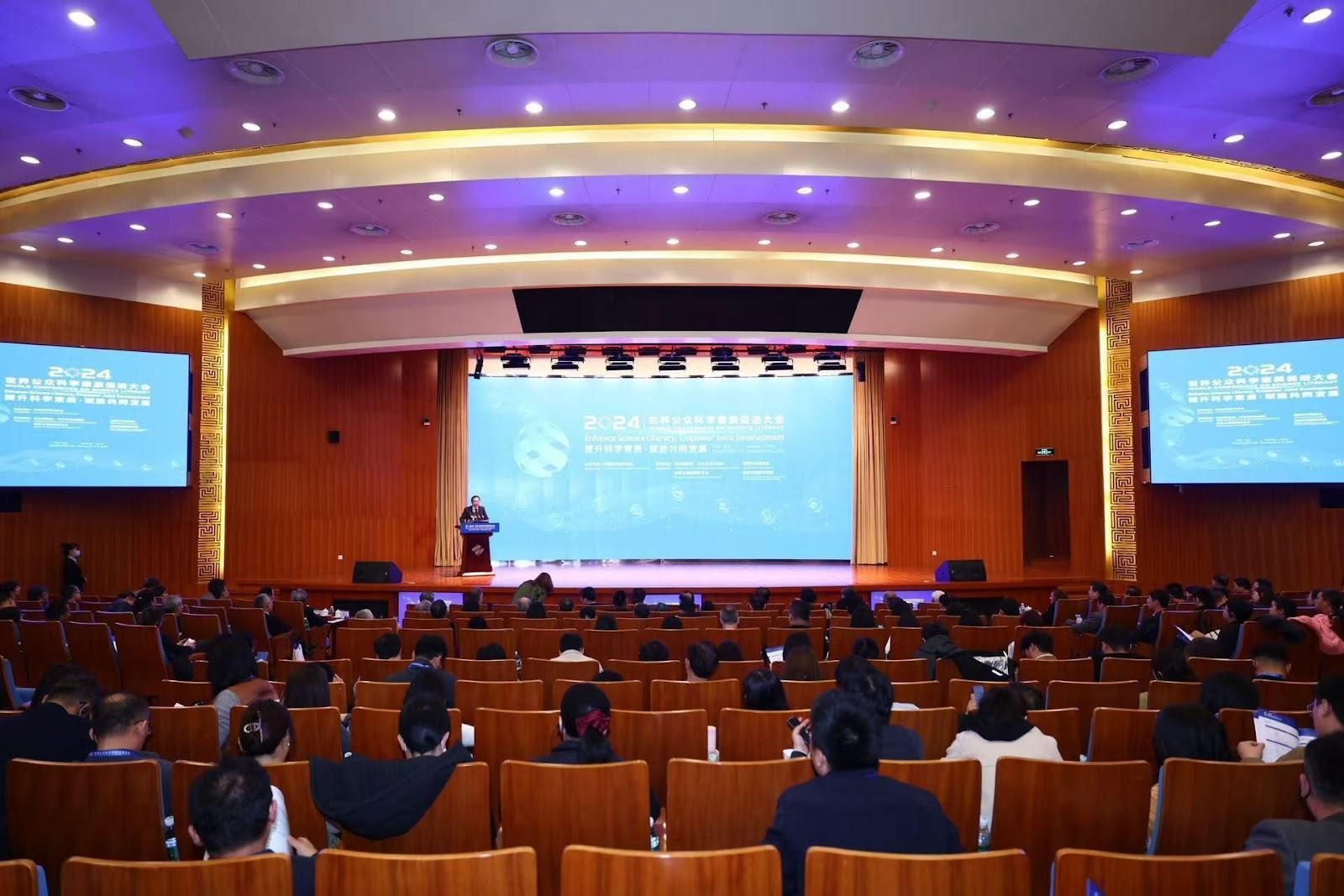The California Bearing Ratio (CBR) test is one of the most widely accepted and respected methods in civil engineering for figuring out how strong soil is and whether it can support the weight of roads and buildings. The CBR was actually developed back in the 1920s and 30s by the California Division of Highways (now known as the California State Highway Department), and since then, it has become a standard tool used worldwide for designing roads and foundations. At Site Testing Services (Nationwide) Ltd, we have a team of experienced professionals who carry out thorough CBR testing to help support construction projects in all sorts of different soil types and moisture conditions.
What is the California Bearing Ratio Test?
The California Bearing Ratio (CBR) test is a penetration test that measures the bearing capacity of soil mass and subgrade materials. The CBR value represents the ratio of the force required to penetrate a soil sample at a specific depth compared to the force needed to achieve the same penetration in standard crushed rock material. This standard crushed rock serves as the reference material, with crushed stone assigned a CBR value of 100%.
The test procedure involves measuring penetration resistance as a standard plunger or penetration piston is forced into a prepared soil sample at a controlled rate. The load required at corresponding penetration depths is recorded, typically at 2.5mm and 5mm intervals, providing essential data for pavement design and material selection.
Laboratory CBR Test Procedure
The standard CBR test method begins with careful soil sample preparation. The test procedure requires compacting soil at specific moisture content levels into a standard mould. The sample is then soaked for four days to simulate worst-case moisture conditions that might occur beneath pavement construction during its service life.
After soaking, the soil sample undergoes penetration testing using a standard circular piston with a diameter of 49.63mm. The penetration piston advances into the soil at a standard rate of 1mm per minute. Throughout the test, measured pressure values are recorded at incremental depths. The load values obtained at 2.5mm and 5mm penetration are compared against those for standard material to calculate equivalent CBR values.
For accurate test results, the procedure requires measuring both the applied load and penetration values simultaneously. The reaction load is transferred through a standard reference frame, ensuring stability during testing. The CBR value is calculated by dividing the load required for the soil sample by the standard load needed for the same penetration in crushed rock, then multiplying by 100.
Field Testing Methods and Alternatives
While laboratory testing provides controlled conditions, field test methods offer a practical assessment of in-situ subgrade soil conditions. The plate load test represents one alternative for evaluating bearing capacity directly at the test area. This test procedure involves applying incremental loads through metal plates of varying diameters, measuring subgrade reaction and settlement characteristics.
The incremental plate load test and plate bearing test provide valuable field correlations with CBR values. These methods involve placing circular plates on the prepared test area and progressively increasing the applied load while monitoring settlement. The pressure required to produce specific settlement levels helps determine the bearing capacity of subgrade soil for civil engineering purposes.
Another field alternative is the Dynamic Cone Penetrometer (DCP test), which uses a sliding hammer and metal cone to measure penetration resistance. The DCP test offers a quick assessment of soil strength at various depths, with penetration values correlating to CBR values through established relationships. This lightweight equipment proves particularly useful for road construction and pavement evaluation.
The Light Weight Deflectometer (LWD tests) represents a modern field-testing approach, measuring soil stiffness through applied impulse loads and resulting deflections. LWD tests provide a quick assessment of compaction quality and bearing capacity across construction projects.
Applications in Civil Engineering and Road Construction
The California Bearing Ratio test is critical for civil engineering purposes, particularly in pavement construction and road subgrade evaluation. Design engineers use CBR values to determine required pavement thickness for various traffic loads and soil conditions. Higher CBR values indicate stronger material with better load-bearing capability, allowing for thinner pavement sections.
For road construction, the CBR test method evaluates both natural subgrade soil and subbase materials like crushed stone and granular fills. Specifications typically require minimum CBR values for different pavement layers, ensuring adequate bearing capacity throughout the pavement structure. Testing at optimum moisture content and dry density conditions establishes design parameters for construction purposes.
Foundation design also relies on CBR testing to assess soil strength for building platforms and structural supports. The test results guide material selection and ground improvement strategies when natural soils exhibit insufficient bearing capacity for proposed structures.
European Standards and Modern Testing Approaches
While originally developed by the California State Highway Department, the CBR test has been adopted into European standards and international specifications. Modern test procedures maintain the fundamental principles established in the standard method while incorporating refined techniques for sample preparation and data analysis.
Testing protocols address various soil types, from cohesive clays to granular materials, each requiring specific moisture conditions and compaction procedures. The comprehensive range of testing services now includes correlation studies between CBR values and other strength parameters, enabling more sophisticated pavement design approaches.
Advanced equipment enables precise control of penetration rates and force measurement, improving the accuracy of provisional results and final CBR determinations. Digital data acquisition systems continuously capture load and penetration values, giving a detailed analysis of penetration resistance throughout the test.
Conclusion
The CBR test method is an essential tool for determining bearing capacity and soil strength during construction projects. It provides reliable data for pavement design, foundation design, and material selection.
At cbrtesting.com, our experienced team delivers a comprehensive range of testing services, including laboratory CBR testing, plate load testing, DCP testing, and LWD tests. Whether assessing natural subgrade reaction characteristics or verifying compacted fill materials, our testing capabilities support successful road construction and pavement construction projects nationwide. Understanding the CBR test procedure and its applications ensures informed decision-making for engineers and contractors working across diverse soil conditions and construction requirements.





